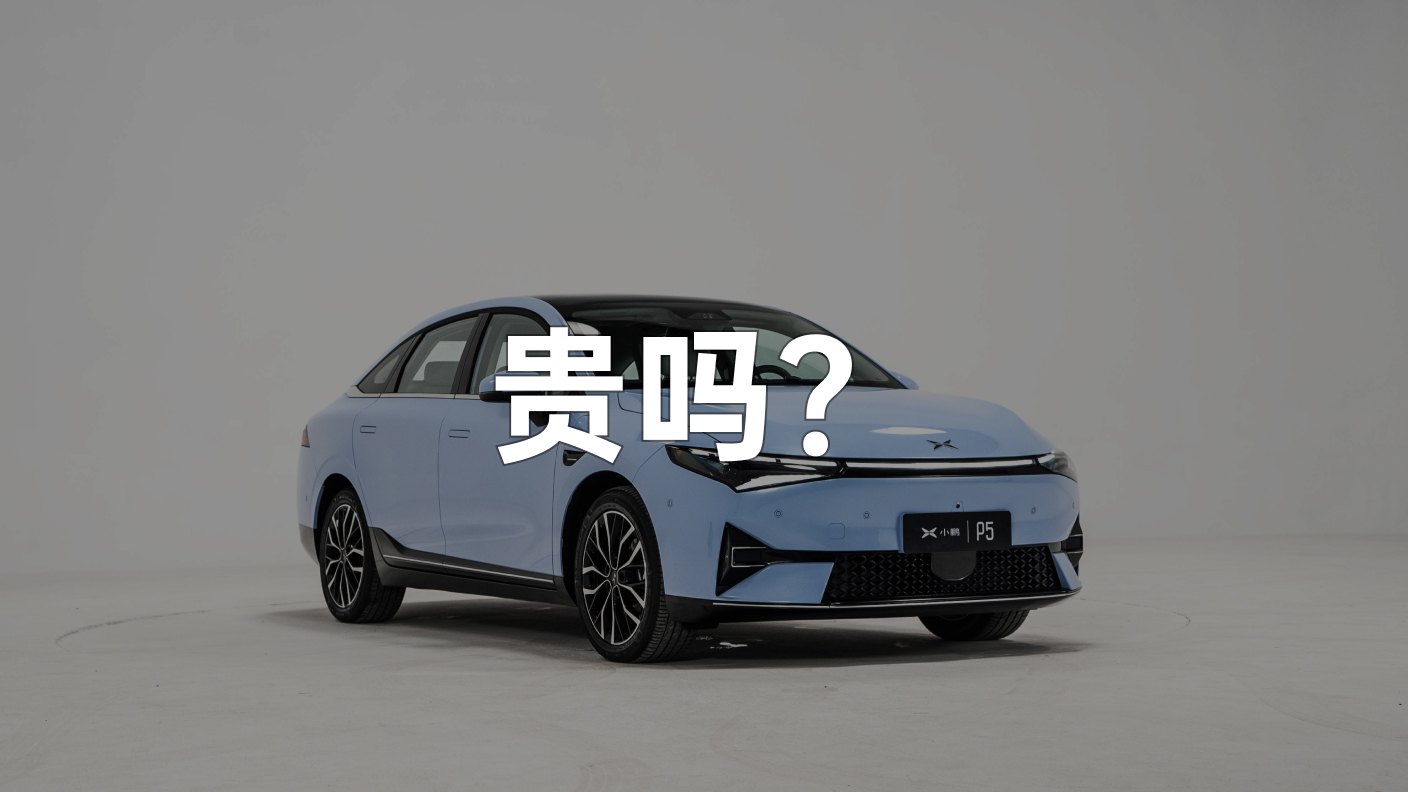Today, XPeng P5 announced its pre-sale price at the Guangdong-Hong Kong-Macao Auto Show: 160,000 – 230,000 yuan. This price range includes three versions of 460 km, 550 km, and 600 km of endurance, with a total of 6 models with different configurations.
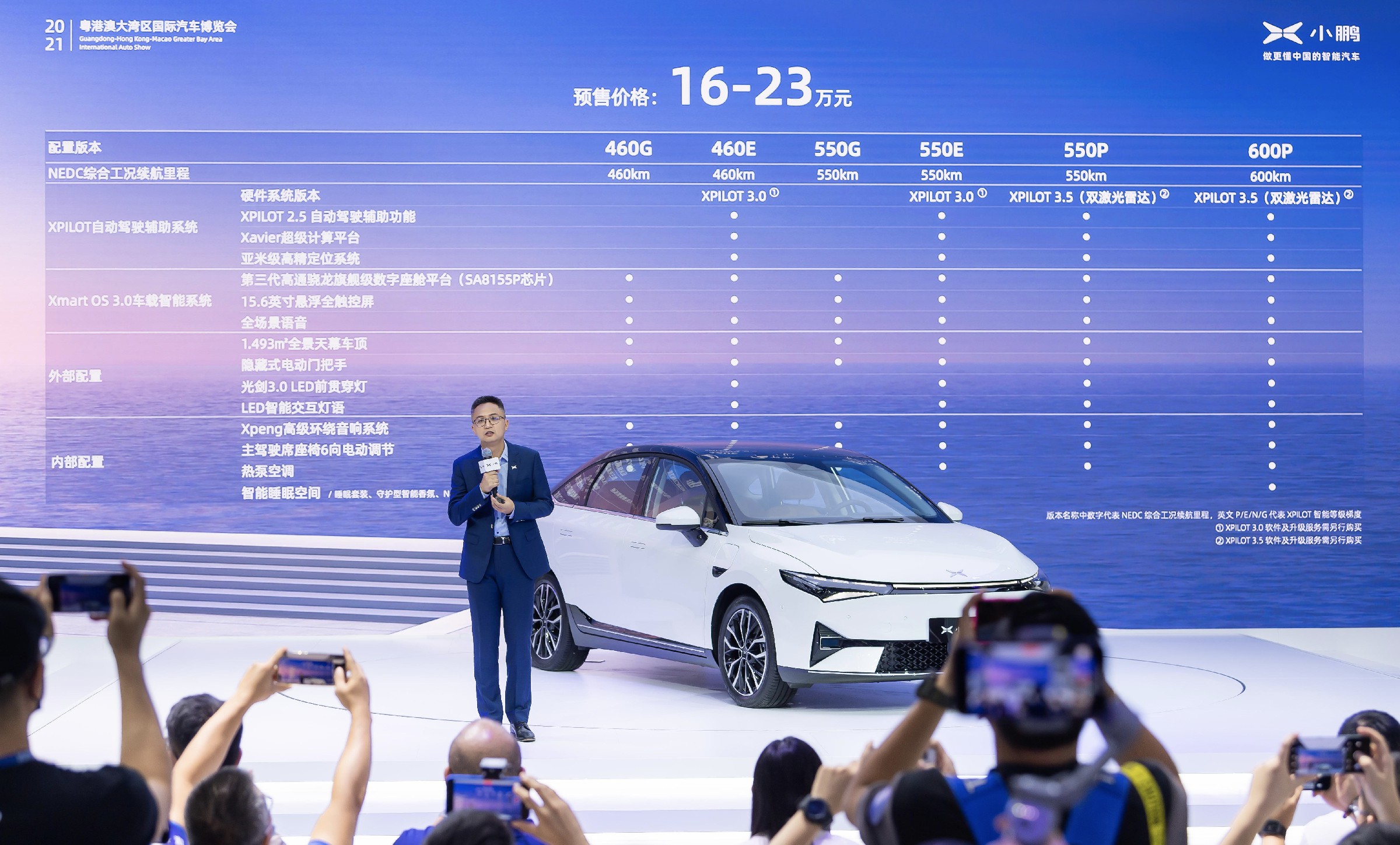
After the price announcement, I found two different opinions in the comment section. One opinion is that XPeng P5’s price is too high, while the other is that the price is reasonable.
This polarization is quite common in evaluating the appearance but what is interesting is that regarding the price, people’s attitudes are quite consistent. I wonder why there is such a polarization in comments regarding P5’s price.
After carefully reading the comments and chatting with everyone in the P5 group for half an hour, I found that those who think P5 is not worth this price mainly believe that P5’s model level, endurance, and appearance cannot justify the price. On the other hand, those who think the price is reasonable generally believe that they can get the NGP, which is assisted driving according to navigation or even the NGP with a LiDAR system for around 200,000 yuan.
Thus, the reason for the polarization of comments on the price is clear. Due to differences in focus in the current trend of smart vehicle technology, people’s evaluation of prices differs.
So, let’s talk about P5’s competitiveness and price.
Is P5 Expensive? Yes, it is.
Before discussing the price, let’s take a look at P5’s basic specifications:
- Length, width, and height: 4,808 x 1,840 x 1,520 mm
- Wheelbase: 2,768 mm
- Trunk capacity: 450 L
- Maximum output power of the motor: 155 kW
- Maximum torque of the motor: 310 N·m
- Battery capacity: 55.9 – 71.4 kWh
- Endurance under standard conditions: 460 – 600 km
- Wind resistance coefficient: 0.233
- Pre-sale price: 160,000 – 230,000 yuan
Looking at these basic specifications, this is indeed an ordinary car. Although there are no major shortcomings in the parameters, there are also no significant highlights.
Size
P5’s length reaches 4.808 meters. In the face of this size, I cannot say that P5 is a compact or A-class car, as the 3 series with the standard wheelbase is only 4.719 meters, and even the Passat with a long wheelbase is only 4.865 meters.
If you have been following domestic brand car models for a long time, you must know how competitive the models in this segment are. Among pure electric A-class sedans that can rank on the sales chart, the length of the Geely Geometry A Pro is 4.752 meters, while the GAC Aion S Plus is 4.81 meters. Although the 4.808-meter-long P5 belongs to the leading group, its size is definitely not its strong point.
Fortunately, XPeng Motors has a high utilization rate of interior space. The interior space of the 4.808-meter-long P5 with a 2.768-meter wheelbase is larger than that of a B-class car, making a sharp contrast with the P7 which has a wheelbase of 3 meters.
From the appearance, it can also be seen that P5 has made compromises in many areas of space. Compared with the appearance of P7, it can be found that the position from P7’s front axle to the A-pillar’s lower support point is very long. This also creates a sense of elegant and elongated front end for P7, and there is also a sloping roofline design behind the B-pillar without considering the headroom space for the rear passengers.
On the other hand, P5 not only extends the lower support point of the A-pillar to the rear of the front wheel, but also extends the roofline and C-pillar to above the trunk, so although P5’s data does not match that of P7, the interior space far exceeds that of P7.
Power
P5 is based on the David platform, and all models in the series are only front-wheel drive. The maximum output power of 155 kW is slightly higher than that of models in the same segment, but there is still no qualitative difference.
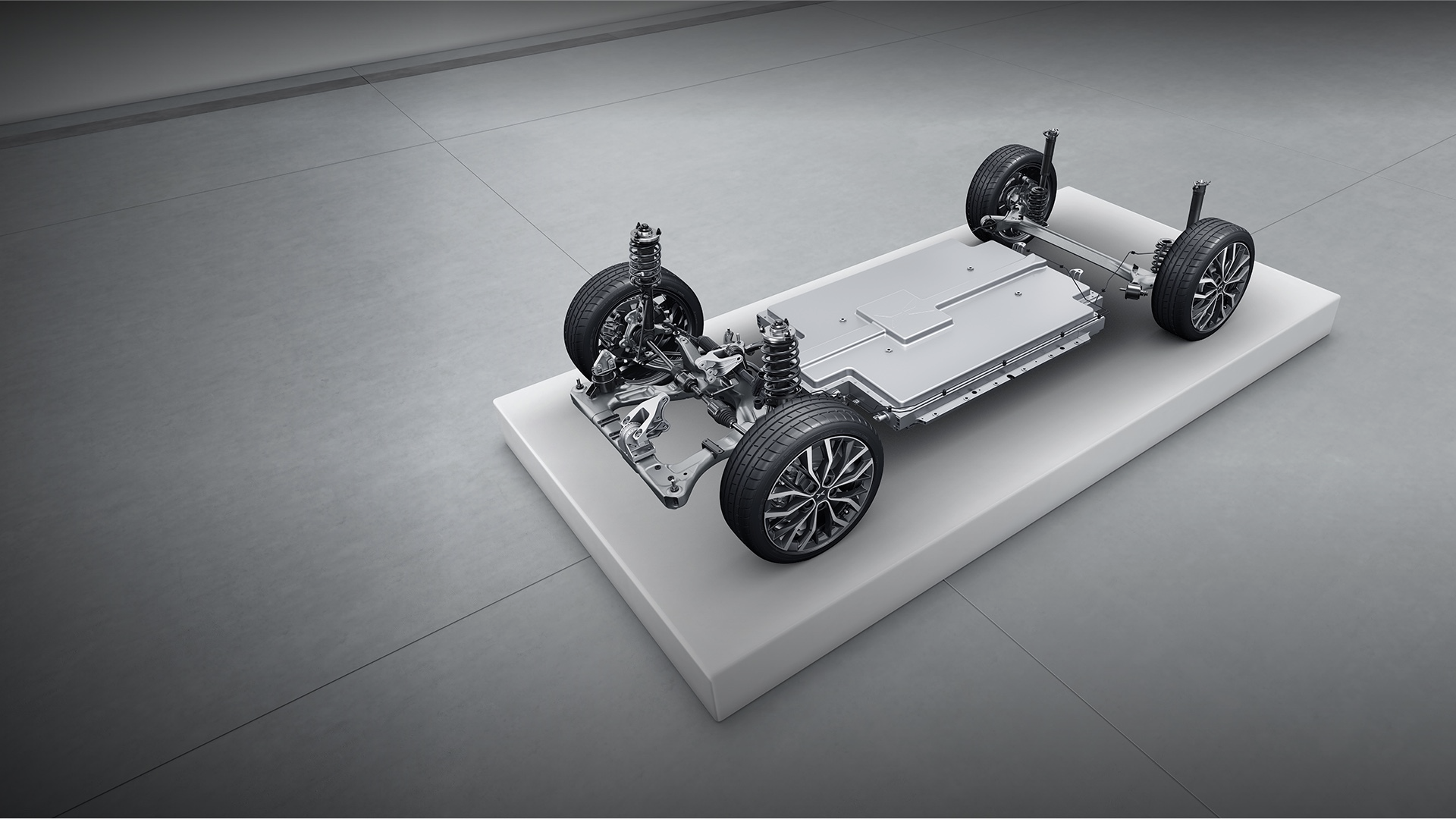
Endurance
The P5 series has a total of three endurance versions: 460 km, 550 km, and 600 km. Among them, the entry-level model uses a lithium iron phosphate battery with a battery capacity of 55.9 kWh, with a range of 460 km under standard conditions; the 550 km model uses a ternary lithium battery with a battery capacity of 66.2 kWh; the model with a range of 600 km also uses a ternary lithium battery and its capacity reaches 71.4 kWh.
The entry-level model uses lithium iron phosphate batteries, which can further lower the starting price. However, the 460 km range is only suitable for friends who have home charging conditions and no long-distance travel demands. The top model with a range of 600 km has reached the first team level. Nevertheless, there are no surprises.
When I first experienced the P5 statically, I asked XPeng’s staff why the P5’s range didn’t reach the level of the P7. In their view, with the increasingly abundant charging resources and better charging piles, people’s perception of range will become weaker and 600 km is a balance between range and cost that is relatively reasonable.
After a simple comparison of the three most core basic parameters above, it can be found that although the P5 has certain advantages, it is not always leading.
Looking back at the price, the P5 550 and 600 long-range versions are likely to be priced around 180,000 to 200,000 yuan, while the starting price of the other two opponents’ 600 km models is only 140,000 to 160,000 yuan.
If you only focus on space, range, and power, then the P5 is not cheap.
Is P5 cheap? Yes, it is.
In the first half, we mainly talked about the basic ability of this car, which is like the scores of a junior high school student in language, math, and English. Achieving these is basic, and after achieving these, we can talk about specialties.
Assistance Driving
When I first saw the configuration, I was a little surprised that only the entry-level models of the 460 and 550 models among the six models with 6 configurations did not have assisted driving. From the medium configuration, XPILOT 3.0 assisted driving is standard, and the high configuration is equipped with XPILOT 3.5 level assisted driving.
Here’s a brief introduction to XPeng XPILOT 3.0’s assisted driving perception hardware:
- 9 assisted driving perception cameras
- 4 panoramic cameras
- 5 millimeter-wave radars
- 12 ultrasound radars
- NVIDIA Xavier autonomous driving chip
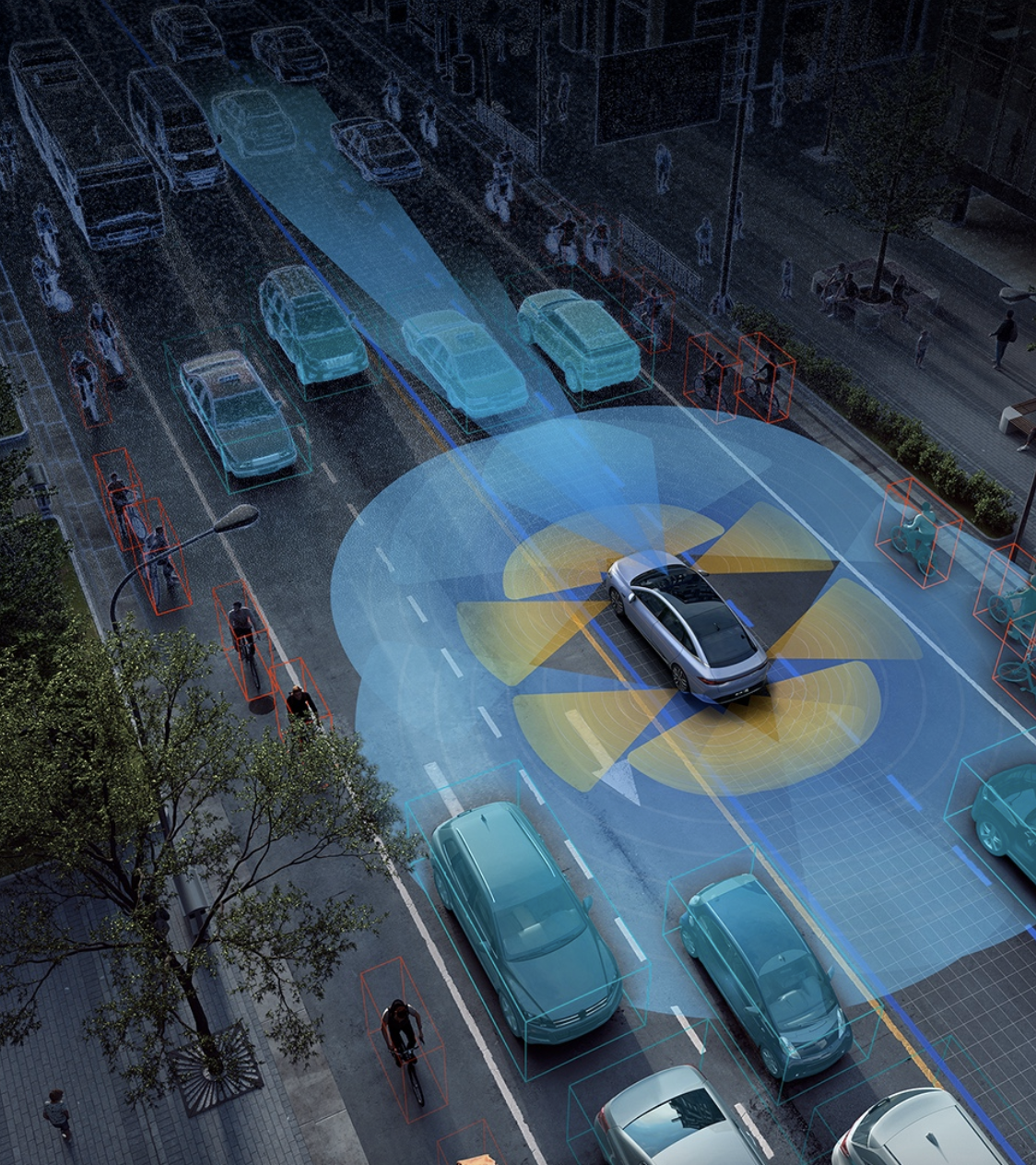
This system ranks second in our 42Mark basic assisted driving ability ranking, second only to Tesla, and ranks first in our ranking of assisted driving ability according to navigation. Also, it has a lead over the second-place competitor by a large margin.
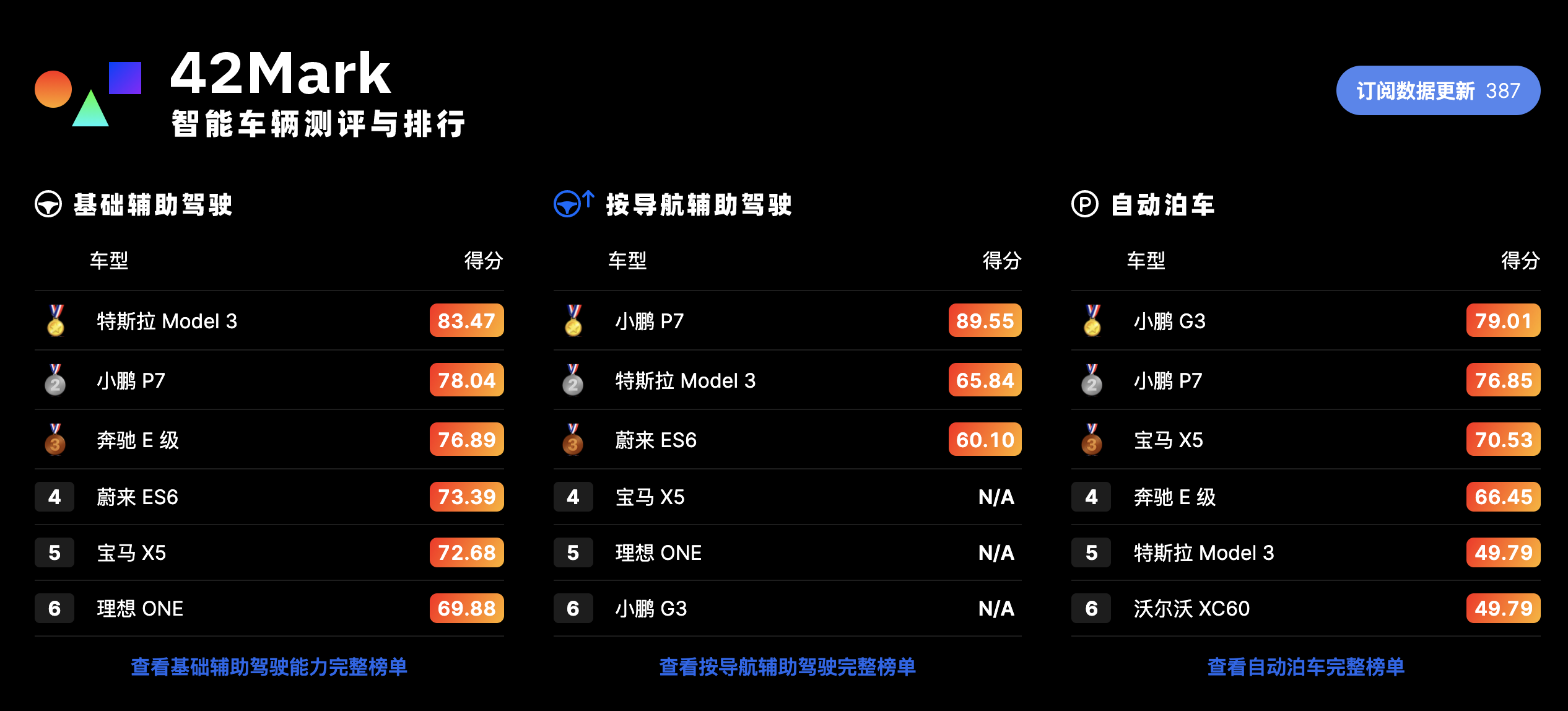 According to the pre-sale price announced on this vehicle, the price of the 460E model equipped with XPILOT 3.0 assisted driving will definitely be within 200,000 yuan, and even with the 20,000 yuan software package, the price is likely to be within 200,000 yuan. In terms of this capability, the P5 model has overwhelmingly superior advantages compared to models of the same level.
According to the pre-sale price announced on this vehicle, the price of the 460E model equipped with XPILOT 3.0 assisted driving will definitely be within 200,000 yuan, and even with the 20,000 yuan software package, the price is likely to be within 200,000 yuan. In terms of this capability, the P5 model has overwhelmingly superior advantages compared to models of the same level.
For A-level pure electric sedans in the 15-20 level, even basic assisted driving cannot be done, let alone navigation assisted driving.
Now let’s take a look at XPILOT 3.5.
Both the 550P and 600P models in the six models are equipped with two laser radars, which can achieve XPILOT 3.5 assisted driving level. It can be said that this is the only 200,000-level model with laser radar that you can buy at present.
Although I have been criticizing XPeng’s use of these two laser radars for their weak performance and inadequate positioning, from XPeng’s XPILOT structure, laser radar is not the main sensor, and the core role is to reinforce the weak visual perception.
What can be certain is that even if the performance of this laser radar is weak, XPeng can still achieve traffic light recognition, unprotected left and right turns, and achieve NGP on urban roads.
Intelligent Cockpit
Once I was talking to a friend about the car system, and he came up with a rough conclusion that the new forces around 300,000 yuan can still use the car machine, and the cheaper cars or joint venture brand cars should stick to CarPlay.
Indeed, if you ask me which car machine impressed me for about 150,000 yuan, I really have to think about it.
The strength of XPeng P5’s car machine is mainly reflected in two aspects: hardware and software.
P5’s car machine uses Qualcomm Snapdragon 8155P chip, 12GB RAM, and 128GB internal memory. In a word, this is the strongest car machine you can buy in China currently. More importantly, in the configuration table, this configuration is checked for all models.
In terms of software, XPeng has self-developed a full-scene voice with QQ Music, NetEase Cloud Music, and Amap, which allows you to completely forget about CarPlay and phone holders.
For the experience of assisted driving and intelligent cockpit, even if the price is lowered to around 300,000 yuan, XPeng would still be hard to rival, while the threshold price to obtain these experiences on the P5 has already fallen to around 200,000 yuan.
Is the P5 expensive? It’s really not.
Can P5 become a bestseller?Just now, XPeng announced the order situation of P5. Within seven hours of opening the booking, they secured more than 5,000 orders, with the proportion of laser radar reaching over 70%.
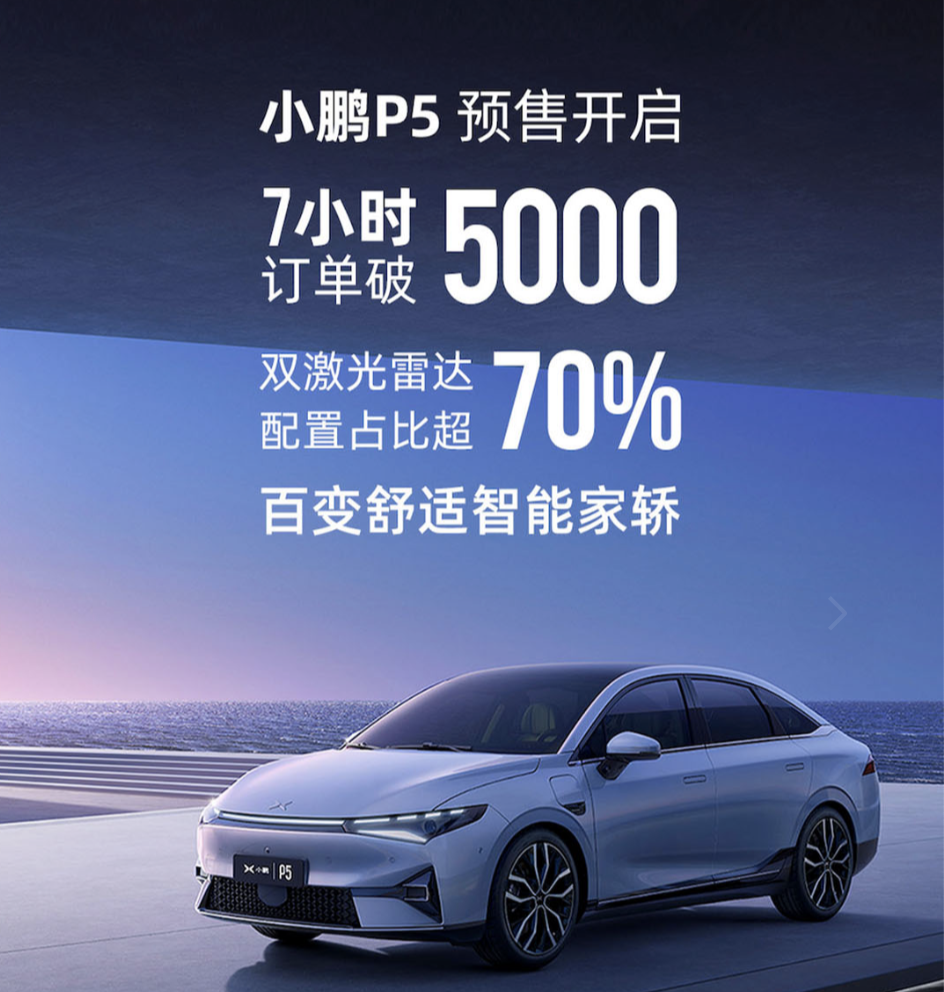
This number of orders is not small, but it still falls short of being a hit. From a product perspective, P5 has reached the level it should have, and has taken the intelligent experience to the extreme, theoretically having the potential to become a hit.
However, after careful research into the subdivided market where P5 is located, I believe that P5 is leading the market.
From the sales rankings on the 42 Garage website, it can be seen that the best-selling new energy vehicle models are concentrated in two price ranges: above 300,000 yuan and below 100,000 yuan. Among the top 10 A-class sedans, only the Aion S from GAC NEV and the BYD Qin PLUS are on the list, but most of their sales come from the B-end market, in other words, those who run ride-hailing services.
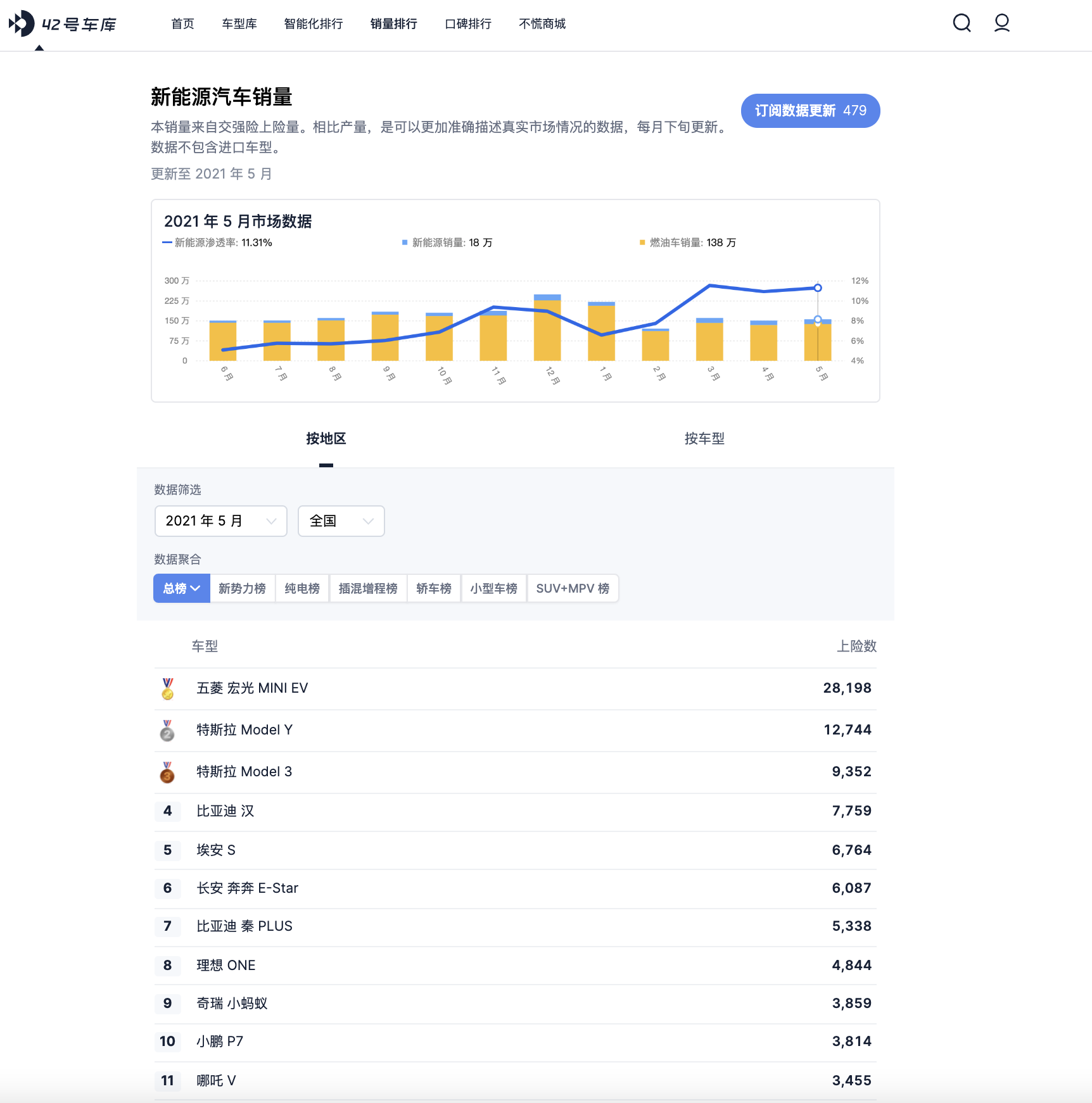
Users who focus on this price range are mostly first-time buyers. They often hope to spend the least amount of money to meet as many of their car needs as possible. Therefore, in a situation where electric cars are not yet very convenient, most users will prioritize choosing gasoline vehicles. In the trade-off between price and configuration, and space, they tend to choose price and space first. In this kind of demand, intelligent configuration appears to be slightly expensive.
However, when intelligent configuration becomes a basic demand for users, XPeng P5 may be the only choice at this price level.
As for whether P5 can become a hit or not, I think the speed of market development may be faster than we imagine.
This article is a translation by ChatGPT of a Chinese report from 42HOW. If you have any questions about it, please email bd@42how.com.
